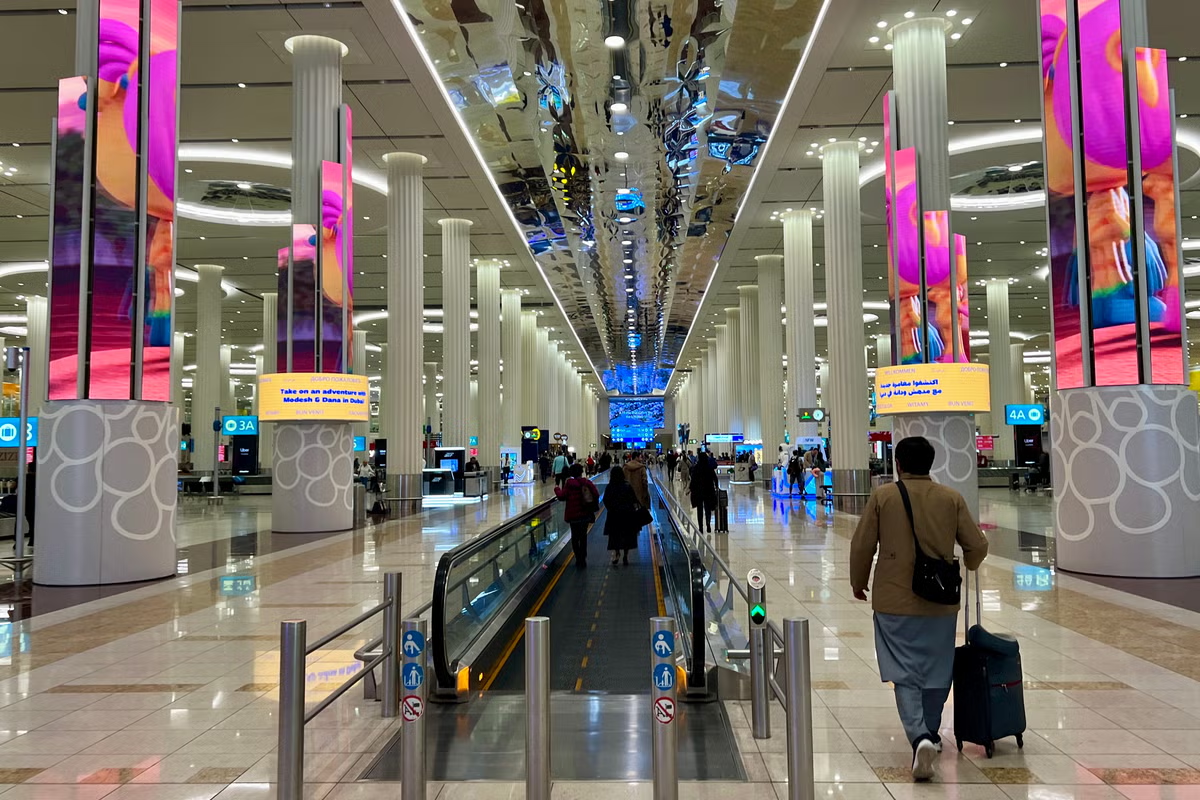Technology Bridges Gap for Incarcerated Parents and Families

Incarceration profoundly impacts families, affecting not only the individuals behind bars but also their loved ones. As of 2023, over 2.3 million people are incarcerated in the United States, leaving many children and family members grappling with the consequences of separation. Technology is emerging as a crucial tool to help these families maintain connections, offering various communication methods that can ease the emotional burden of incarceration.
Innovative solutions are transforming the way incarcerated parents interact with their children. Video calls, messaging apps, and social media platforms are becoming vital lifelines, enabling families to stay connected despite physical barriers. This shift is particularly significant as studies indicate that maintaining family relationships can greatly enhance an incarcerated individual’s chances of rehabilitation and successful reintegration into society.
Enhancing Communication Through Technology
The integration of technology into correctional facilities is increasingly common. Many prisons now offer video conferencing services that allow inmates to communicate with family members in real time. For instance, GTL, a leading provider of correctional technology, reported that their video visitation services have expanded significantly in recent years, with usage increasing by 60% since 2020.
These services not only provide a platform for communication but also help mitigate feelings of isolation experienced by both incarcerated individuals and their families. A report from the Prison Policy Initiative highlights that children who maintain regular contact with their incarcerated parents are less likely to experience behavioral problems and more likely to succeed in school.
Additionally, some facilities are implementing messaging apps that allow for secure text exchanges. This technology gives families a more frequent and flexible way to communicate, ensuring that they can share life updates and support each other emotionally. According to a survey conducted by the Centre for Family Policy and Practice, around 75% of respondents felt that technology significantly improved their ability to stay connected with incarcerated loved ones.
Challenges and Considerations
Despite the advantages, there are challenges associated with the use of technology in correctional settings. Access to devices and reliable internet connections can vary significantly between facilities, potentially creating disparities in who can benefit from these tools. Additionally, concerns about privacy and security remain paramount, as families must navigate the complexities of using technology in a correctional environment.
Furthermore, the cost of communication services can be a barrier for many families. Video calls and messaging services often come with fees that can add up quickly. In some cases, families report spending hundreds of dollars a month to maintain contact with their loved ones. Advocacy groups are calling for reforms to ensure that technology remains accessible and affordable for all families impacted by incarceration.
In conclusion, while technology presents a promising avenue for maintaining connections between incarcerated parents and their families, ongoing efforts are needed to address barriers and ensure equitable access. By leveraging these tools, society can support rehabilitation efforts and contribute to healthier family dynamics, ultimately leading to more successful reintegration for formerly incarcerated individuals.






